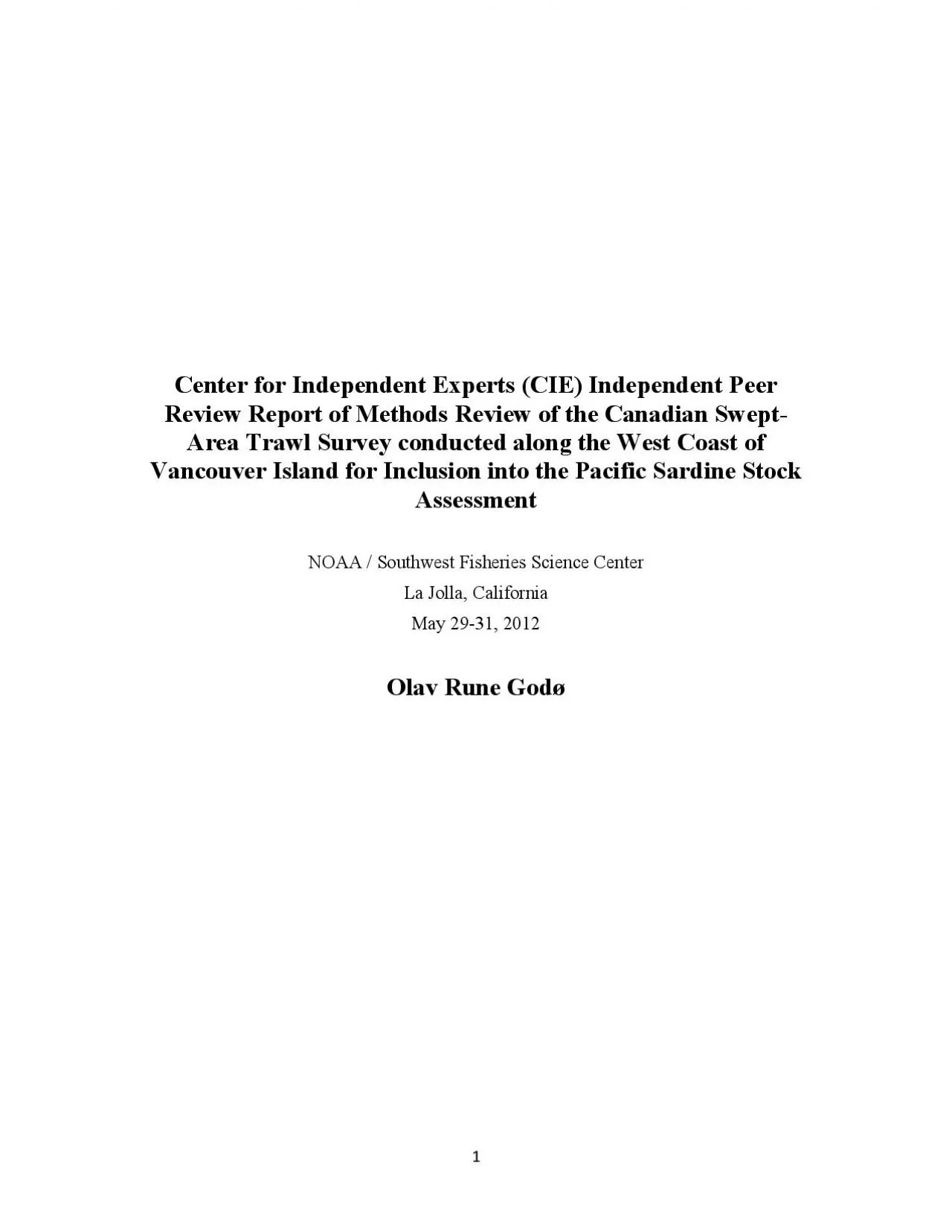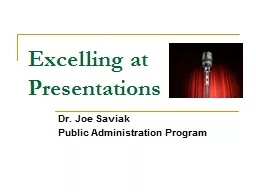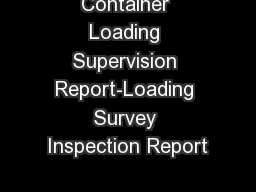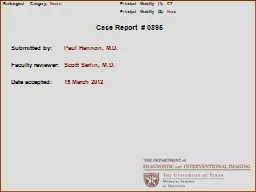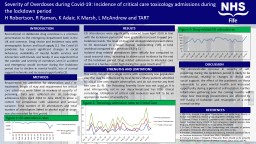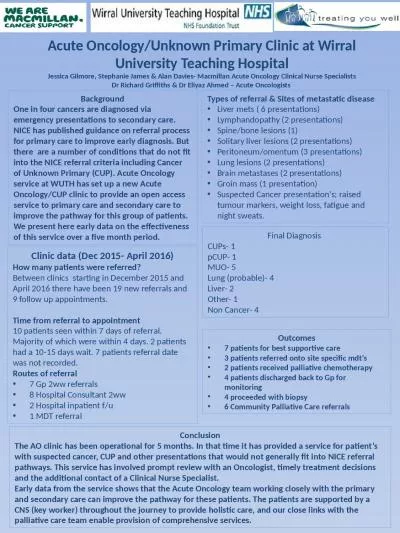PDF-The WVCI Survey Report, the presentations during the meeting, and the
Author : ethlyn | Published Date : 2020-11-25
sardine are seasonal extending furthernorth in the summer and further offshore in the spring Survey estimates are presented in terms of absolute such as a moving
Presentation Embed Code
Download Presentation
Download Presentation The PPT/PDF document "The WVCI Survey Report, the presentation..." is the property of its rightful owner. Permission is granted to download and print the materials on this website for personal, non-commercial use only, and to display it on your personal computer provided you do not modify the materials and that you retain all copyright notices contained in the materials. By downloading content from our website, you accept the terms of this agreement.
The WVCI Survey Report, the presentations during the meeting, and the: Transcript
Download Rules Of Document
"The WVCI Survey Report, the presentations during the meeting, and the"The content belongs to its owner. You may download and print it for personal use, without modification, and keep all copyright notices. By downloading, you agree to these terms.
Related Documents

